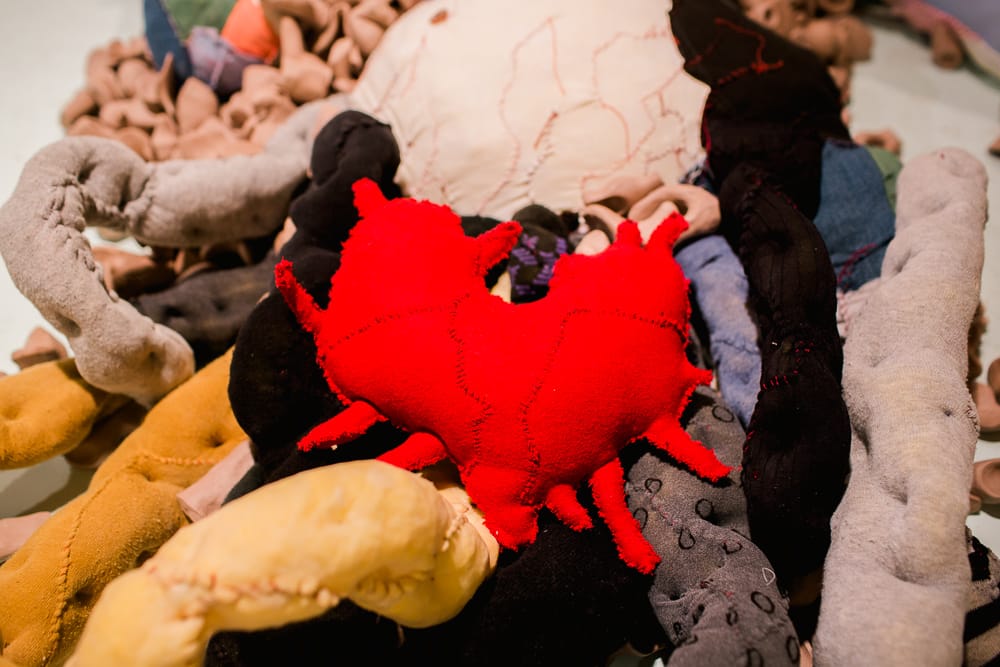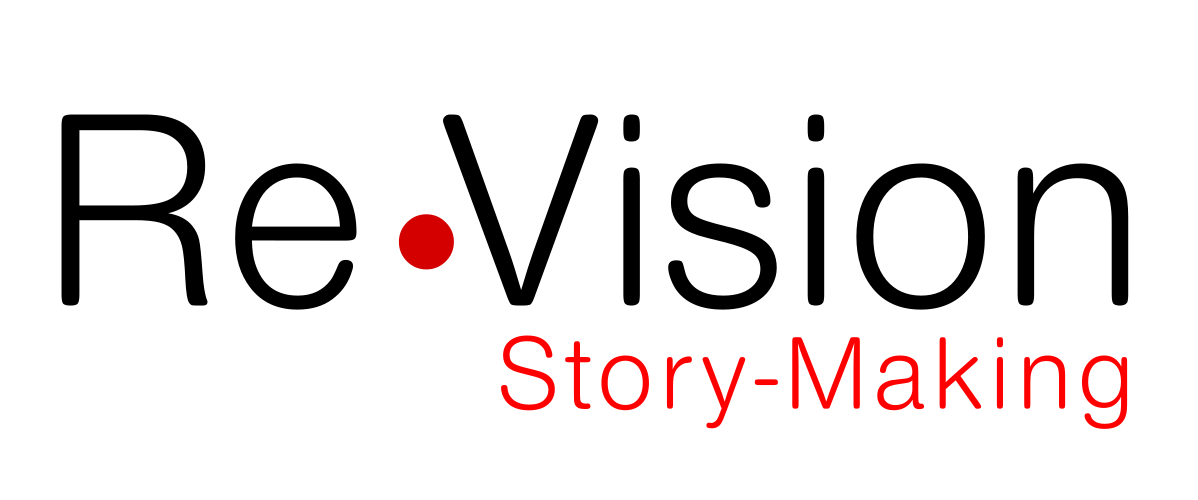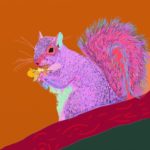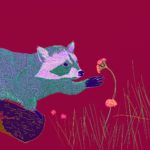
Vulnerability
This initial sharing of story ideas, as well as the entire digital storytelling process, can be a vulnerable experience. Vulnerability is often defined negatively in our society as a susceptibility to being wounded or hurt through criticism or attack.
Consider the groups who are most often associated with vulnerability: the disabled, the weak, the feminine, and groups seen as prone or predisposed to being harmed due to the way they move through the world (illness, disability, pregnancy) or those at social disadvantage (poverty, ableism, racism), especially in the western world that privileges personal strength, independence and an unwavering sense of self.
Re•Vision works to reframe vulnerability as a productive space of community building, personal exchange, empowerment, and growth. Vulnerability is necessary for us to understand each other as human beings and it is fundamental to our relationships and to social life.
Legal scholar Martha Fineman (2008) re-claims the term vulnerability from its negative associations for its potential as a “universal, inevitable, enduring aspect of the human condition” shared by every living being.
She argues that both the negative and positive possibilities of vulnerability are important since they capture the inherent interdependence that underpins human existence. (cited in Rice et. al. 2015, p. 520)
When people decide to make themselves vulnerable, this can interrupt prevailing norms, and provoke personal and collective transformation. This is especially true when individuals in privileged positions unmask their vulnerabilities in an effort to deepen understanding and expose the operations of power in social situations and relations.
Rice et. al. 2015, p. 520
Stories not only carry our values and understandings, they also author us and give us the means to author ourselves. We live the stories that get planted in us and we also live the stories we plant in ourselves.
When we speak about story-making, we are speaking both about the collective process involved in “making” stories that draw on all kinds of received narrative resources, images, and art practices and to the process of making and remaking the social worlds that we inhabit, the selves that we imagine and live.
We make stories at the same time that stories make us.
References Fineman, M. (2008). The vulnerable subject and the responsive state. Yale Journal of Law and Feminism 20(1): 1–22. https://scholarlycommons.law.emory.edu/elj/vol60/iss2/1/ Rice, C., Chandler, E., Harrison, E., Liddiard, K., & Ferrari, M. (2015). Project Re•Vision: Disability at the edges of representation. Disability & Society, 30(4), 513-527. https://doi.org/10.1080/09687599.2015.1037950


